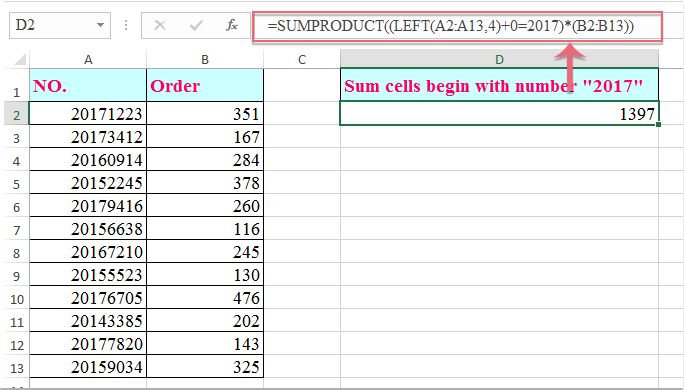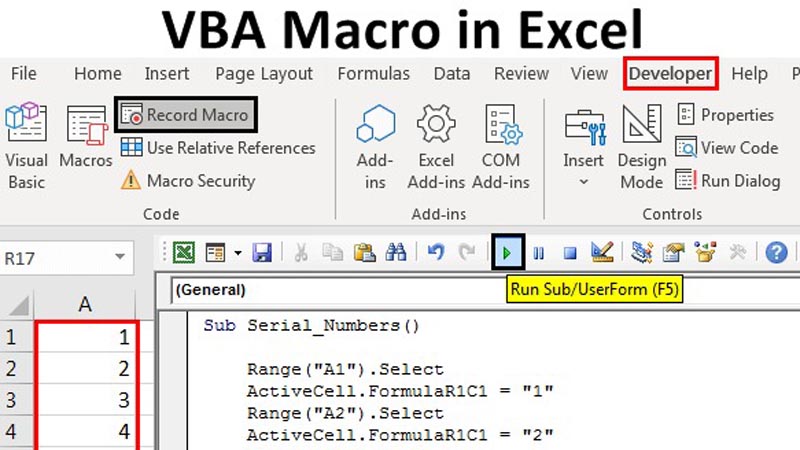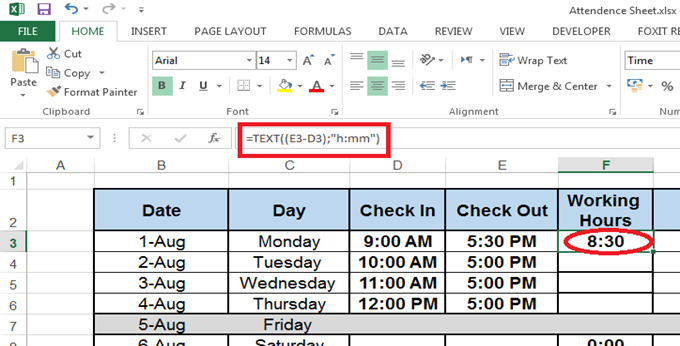Excel VBA: Solving the Mystery of Blank Values

We often encounter mysterious blank values in Excel worksheets, which can be frustrating and hinder our data analysis. These blank cells may seem like simple placeholders, but they can have a significant impact on our calculations and visualizations. In this comprehensive guide, we will delve into the world of Excel VBA and uncover the secrets behind these blank values, providing you with the tools to tackle this common challenge effectively.
Understanding Blank Values in Excel

Before we dive into the VBA solutions, let’s explore the nature of blank values in Excel. Blank cells are not just empty spaces; they can represent missing data, deliberate placeholders, or the result of certain operations. Understanding the context and origin of these blanks is crucial for proper handling.
Identifying Blank Cells
Identifying blank cells is the first step towards managing them. Excel provides various methods to locate and distinguish blank cells from non-blank ones. We can use functions like ISBLANK, which returns a logical TRUE if a cell is empty, and COUNTBLANK to count the number of blank cells in a range. These functions are invaluable for initial analysis and data cleaning.
| Function | Description |
|---|---|
| ISBLANK | Checks if a cell is blank and returns TRUE/FALSE. |
| COUNTBLANK | Counts the number of blank cells in a specified range. |

Common Causes of Blank Values
Blank values can arise from various sources. Some common causes include:
- Missing data entries.
- Deliberate placeholders for future data.
- Formula errors or dependencies on other cells.
- Conditional formatting or filtering that hides values.
- Importing data from external sources with missing information.
Excel VBA: Unlocking the Power

Visual Basic for Applications (VBA) is a powerful tool within Excel that allows us to automate tasks, manipulate data, and create customized solutions. VBA enables us to handle blank values in a flexible and efficient manner, offering precise control over our worksheets.
Working with VBA Macros
VBA macros are sets of instructions that automate repetitive tasks. We can create macros to handle blank values, whether it’s filling them with specific values, replacing them with averages, or even generating random data. Macros provide a dynamic approach to managing blanks, ensuring accuracy and consistency.
Conditional Logic and Loops
VBA’s conditional logic and loop structures allow us to apply specific actions to blank cells. We can use If…Then…Else statements to perform different actions based on whether a cell is blank or not. Loops, such as For Each or Do While, enable us to iterate through ranges of cells and apply our chosen logic.
Utilizing VBA Functions
VBA offers a range of built-in functions that can be used to manipulate and manage blank values. For example, the IsEmpty function is similar to Excel’s ISBLANK, returning True if a cell is empty. We can also create our custom functions to perform specific calculations or transformations on blank cells.
Solving Blank Value Mysteries: Practical Solutions
Now, let’s explore some practical VBA solutions to tackle the mystery of blank values. These examples will provide you with a solid foundation for handling various scenarios.
Filling Blank Cells with Specific Values
If you want to replace blank cells with specific values, such as zeros or a default value, VBA can help. Here’s an example macro that fills blank cells in a range with the value 0:
Sub FillBlankCellsWithZero()
Dim rng As Range
Set rng = Range("A1:C10") ' Adjust the range as needed
For Each cell In rng
If IsEmpty(cell) Then
cell.Value = 0
End If
Next cell
End Sub
Replacing Blanks with Averages
Sometimes, you may want to replace blank cells with the average of non-blank values in a column. VBA can easily accomplish this. Here’s an example macro:
Sub ReplaceBlanksWithAverage()
Dim rng As Range
Set rng = Range("A1:A10") ' Adjust the range as needed
Dim averageValue As Double
averageValue = Application.WorksheetFunction.Average(rng)
For Each cell In rng
If IsEmpty(cell) Then
cell.Value = averageValue
End If
Next cell
End Sub
Generating Random Data for Blanks
In certain cases, you might want to fill blank cells with random data. VBA’s Rnd function can generate random numbers. Here’s an example to fill blank cells with random values between 1 and 100:
Sub FillBlanksWithRandom()
Dim rng As Range
Set rng = Range("A1:A10") ' Adjust the range as needed
For Each cell In rng
If IsEmpty(cell) Then
cell.Value = Int((100 * Rnd) + 1)
End If
Next cell
End Sub
Advanced Techniques for Blank Value Management
For more complex scenarios, Excel VBA offers advanced techniques to handle blank values effectively. These techniques involve dynamic data manipulation and customized solutions.
Using Arrays for Efficient Handling
Arrays in VBA allow us to work with multiple values at once, making it efficient for handling blank values in large datasets. We can create arrays of non-blank values and then populate blank cells with these arrays. Here’s an example:
Sub FillBlanksWithArray()
Dim dataArray As Variant
Dim rng As Range
Set rng = Range("A1:A10") ' Adjust the range as needed
' Create an array of non-blank values
dataArray = Application.Transpose(Application.WorksheetFunction.Transpose(rng))
dataArray = Application.WorksheetFunction.FilterXML(dataArray, "not(text()='')")
' Populate blank cells with the array values
Dim i As Long
For i = LBound(dataArray) To UBound(dataArray)
If IsEmpty(rng(i + 1)) Then
rng(i + 1).Value = dataArray(i)
End If
Next i
End Sub
Conditional Formatting for Visual Cues
VBA can also be used to apply conditional formatting to blank cells, providing visual cues for quick identification. We can create macros that apply specific formats to blank cells, such as highlighting them or adding a border. This helps in data analysis and troubleshooting.
Handling Blank Values in Formulas
When working with formulas, blank values can impact the results. VBA allows us to handle these situations gracefully. We can use functions like ISBLANK within our formulas to adjust calculations based on the presence of blanks. This ensures accurate and reliable results.
Conclusion: Unveiling the Power of VBA

Excel VBA empowers us to solve the mystery of blank values and take control of our data. By understanding the nature of blank cells and utilizing VBA’s powerful tools, we can handle these challenges with precision and efficiency. Whether it’s filling blanks, replacing them with calculated values, or applying custom solutions, VBA provides the flexibility and control we need.
As you explore the world of VBA, remember that practice and experimentation are key. By delving into the code and trying out different techniques, you'll unlock the full potential of Excel VBA and become a master at managing blank values.
How do I identify blank cells in Excel using VBA?
+You can use the VBA function IsEmpty to check if a cell is blank. Simply iterate through your range of cells and use this function to identify and handle blank cells as needed.
Can I replace blank cells with a specific value using VBA?
+Absolutely! You can create a VBA macro that loops through a range of cells and replaces blank cells with a specified value. This allows for dynamic and efficient data manipulation.
What if I want to fill blank cells with random values using VBA?
+VBA provides functions like Rnd to generate random numbers. You can create a macro that fills blank cells with random values within a specified range, adding a touch of randomness to your data.


